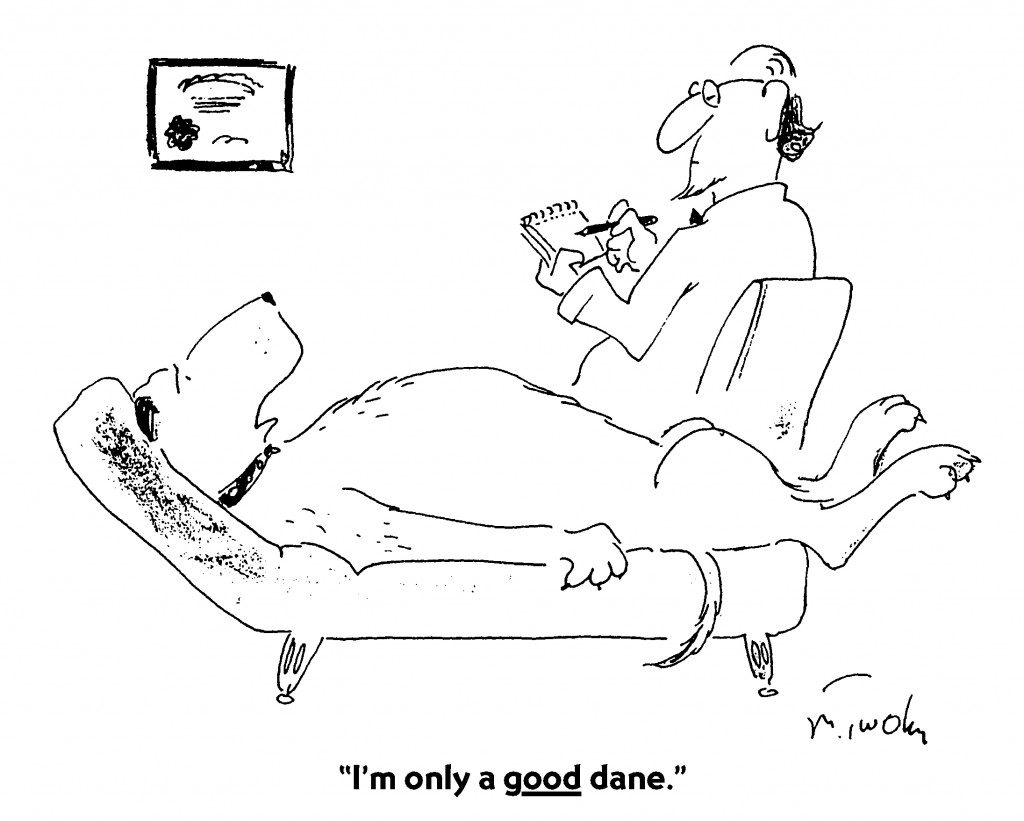Acceptance and Commitment Therapy
Steven Hayes and his colleagues, trained in behavioral analysis and relational frame theory, developed a scientifically based treatment called Acceptance and Commitment Therapy, or ACT. ACT is a leading approach in what is being called the “third wave” of cognitive and behavioral therapy since it incorporates new understandings and techniques in the human change process.
The ACT acronym captures the three basic steps or themes of the treatment:
- Accept Thoughts and Feelings, particularly the unwanted ones associated with anxiety, guilt and shame. The inability to accept and struggle against painful thoughts sustains if not exacerbates such disorders as PTSD, social anxiety and OCD. Learning how to accept, with compassion, such painful thoughts and feelings through exercises like mindfulness training, is essential to change.
- Choose Directions. Life is not just about reducing pain, but choosing what matters to you in life and moving in that directions. ACT provides concrete steps to help individuals determine “What do you want your life to stand for?”
- Take Action. Realizing valued life goals is fulfilling but difficult. ACT focuses on this step by taking advantage of our knowledge of habit change, resistance, acceptance of painful feelings that inhibit change, and the therapeutic use of metaphors.
It should be noted that ACT differs from cognitive-behavioral therapy, both in its primary goal and most preferred techniques. ACT emphasizes the activation of value-congruent behavior; whereas CBT focuses on the reduction of painful symptomotology. ACT teaches acceptance of maladaptive thinking; whereas CBT highlights cognitive restructuring.
However, it should also be emphasized that both approaches rest on solid empirical ground and are united in seeking the goals of psychological flexibility and valued action. With a grasp of the theory of each approach, the unique techniques from ACT and CBT can be integrated to enhance each approach.
For those interested in learning about ACT, the relationship between ACT and CBT, or the application of ACT to anxiety disorders, the following books are suggested.
A CBT Practitioner’s Guide to ACT
by Joseph Ciarrochi and Ann Bailey
This book is designed for practitioners who want to bridge the gap between CBT and ACT.
Acceptance and Commitment Therapy for Anxiety Disorders
by George Eifert and John Forsythe
This is a practitioner’s guide to applying ACT to anxiety disorders. Very thorough and clearly written.
